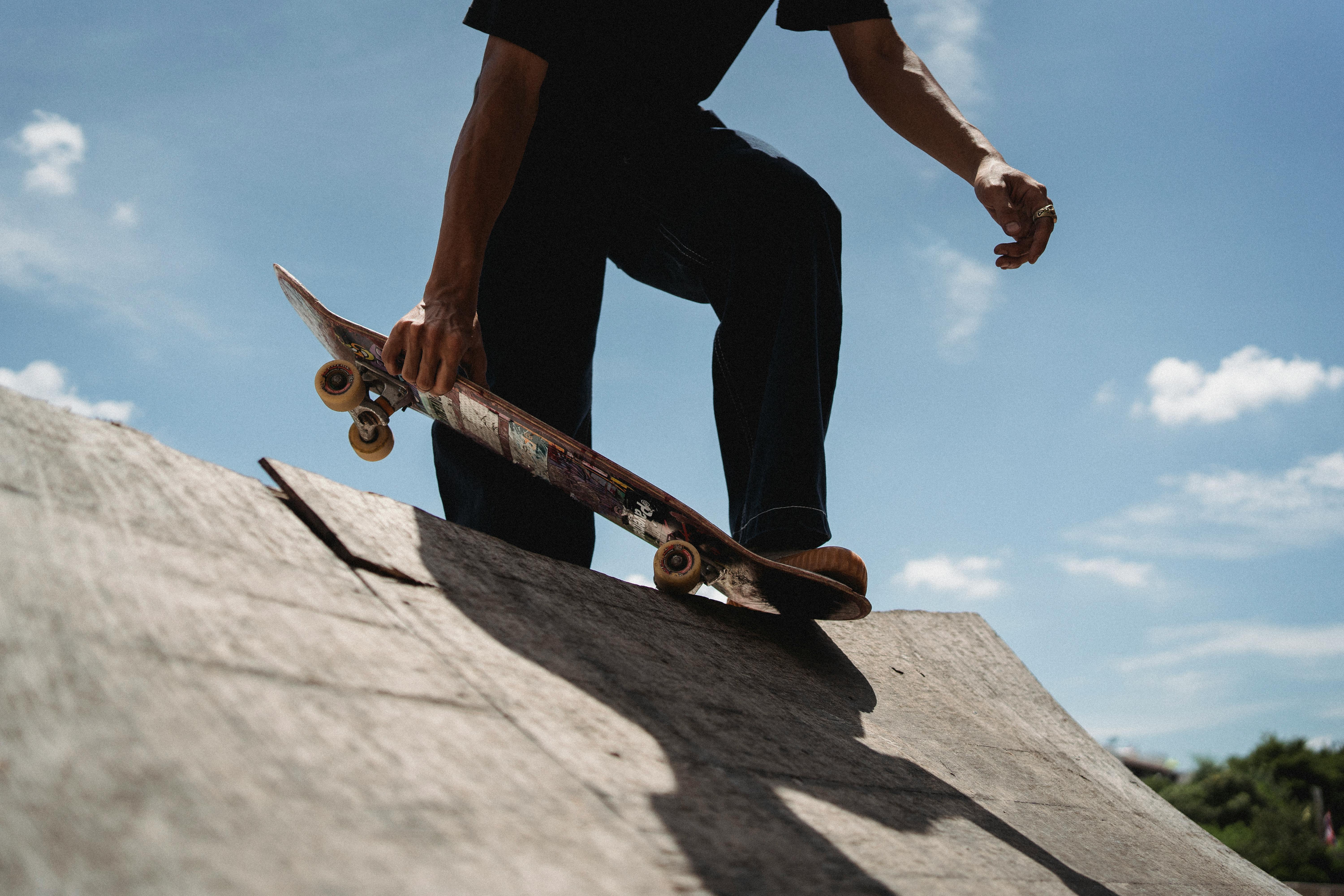It’s so close now that you can almost hear the roar of the galleries. 2010 will be the first time the Ryder Cup has been played in Wales, but somehow it feels like its natural home.
The Ryder Cup is one of those rare weeks when the event transcends the sport itself: when golf fans, casual observers and those not normally interested are glued to three days of competition between the best golfers in the game. Europe and the United States. People who wouldn’t normally express any interest in Sergio Garcia’s putting will suddenly find themselves whispering silent prayers as the Spaniard measures over five feet for par.
It’s not too hard to figure out what makes the Ryder Cup special. For starters, it’s unlike anything else in golf: a team event with no financial reward and a healthy dose of transatlantic rivalry. Most other championships build slowly over four days to a final crescendo in the afternoon. Ryder Cup matches offer bursts of excitement all the way from the first round of the day.
While this is the biggest golf event ever staged in Wales, there is probably no place on either side of the Atlantic that is better prepared for the Ryder Cup than The Celtic Manor Resort. Plus, its Twenty Ten course is the first of its kind: a track made specifically to host Ryder Cup matches that will truly put the best golfers from both sides of the pond to the test. The Twenty Ten not only promises great drama, but it will also provide viewers and the millions who watch it at home. This is the first natural golf amphitheater.
Of the many advantages of this sport, the best is that it gives you the opportunity to play on the same courses and follow in the footsteps of the best players in the world, from the old Tom Morris to the young Tiger Woods. The difference with the Twenty Ten experience, however, is that by playing the course before October you have an even rarer opportunity to say that Tiger Woods will walk on yours.
Yes, it may have taken Wales 83 years to host the Ryder Cup, but that’s ok, we’re very patient. It’s not like we’ve been sitting around twiddling our thumbs; we have been playing golf, a lot of golf. Wales is no bigger than Massachusetts, but it has more than 200 golf courses. You’ll find some in valleys surrounded by snow-capped mountains, others along some of the most beautiful coastlines in the world. Wales has liked playing golf on an aircraft carrier, too. Whatever you do, don’t make the mistake of thinking that golf in Wales begins and ends at The Celtic Manor Resort.
The Ryder Cup has broken new ground in golf many times. It’s relatively new on the block compared to The Open Championship, which was established 67 years earlier in 1860. Most of golf’s best events began as local competitions that would blossom into international events several years later. The Ryder Cup had big ambitions from the start.
The similarities between the founding of the Ryder Cup and the circumstances that brought it to The Celtic Manor are striking. Plans to establish regular competition between the United States and Great Britain had been carefully worked out several times before, but it took the determination and influence of a man to make it happen. It was Samuel Ryder, a wealthy businessman famous for having made his fortune selling penny packets of seeds.
After an exhibition match between Britain and the USA in 1926 at Wentworth, Ryder told British player George Duncan that he would support a regular competition between the two nations by rewarding the winning players £5 each and throwing a party. with champagne and chicken sandwiches. . He then commissioned Mappin & Webb to create a solid gold trophy for £250.
It is unlikely that Sir Terry Matthews will ever have to promise an unlimited supply of chicken sandwiches as an incentive to players. However, you can well imagine the millionaire seed merchant and telecommunications billionaire who developed The Celtic Manor Resort sharing something in common, particularly when it comes to having the will and determination to make things happen.
The Ryder Cup has always remained true to the legacy of its benefactor. Britain joined forces with Ireland in 1973 and golf’s expansion process continued in the hope of making the US-dominated competition more equal when the UK and Ireland became Europe in 1979. And boy did it work. The Ryder Cup grows in popularity on both sides of the Atlantic with each series of matches.
With the rapid development of The Celtic Manor Resort in the last 10 years, it is almost forgotten that this is the same 19th century mansion where a certain Terence Headly Matthews was born into this world in 1943. The Lydia Beynon Maternity Hospital became the hotel for a long time. that Sir Terry purchased in 1980 and subsequently invested more than $100 million to transform it into the world-class resort we see today. Part of the 2010 Ryder Cup legacy is the funding of the first Tenovus Mobile Cancer support unit in Wales, with two more units on the way before the tournament.
Capping off an illustrious Ryder Cup career in 2006, Welshman Ian Woosnam led Europe to victory in 2006 at The K-Club. Forty-nine years earlier, another pocket battleship named Dai Rees captained his British team to a spectacular victory, the only time the United States was defeated between 1933 and 1985. Brian Huggett captained Great Britain and Ireland in 1977, while Dave Thomas won four of his five singles matches between 1959 and ’67.
And then there’s Phillip Price of Pontypridd, who defeated the great Phil Mickelson in his 2001 singles match, a key contribution to his team’s overall victory. Pricey’s victory is typical of what makes the Ryder Cup special, giving underdogs a chance to shine on the biggest stage, rewarding individual achievement and the strength of team play.
This is the kind of thing we love in Wales. So is it really any big surprise that the Ryder Cup has found its spiritual home here? We don’t think so.



